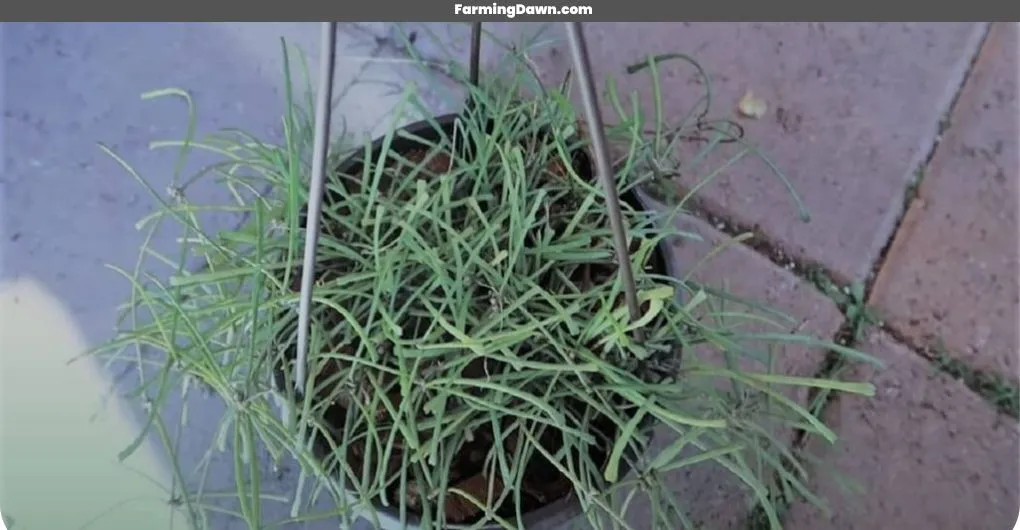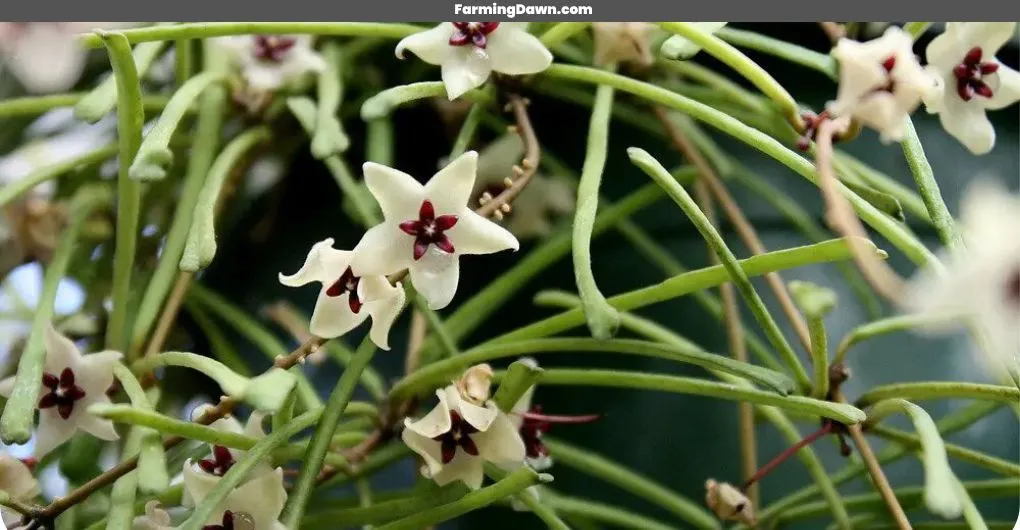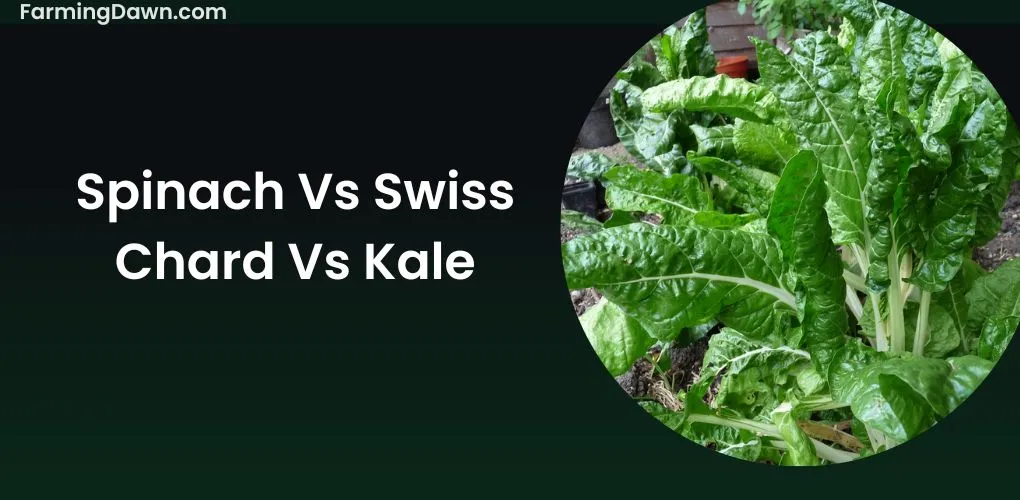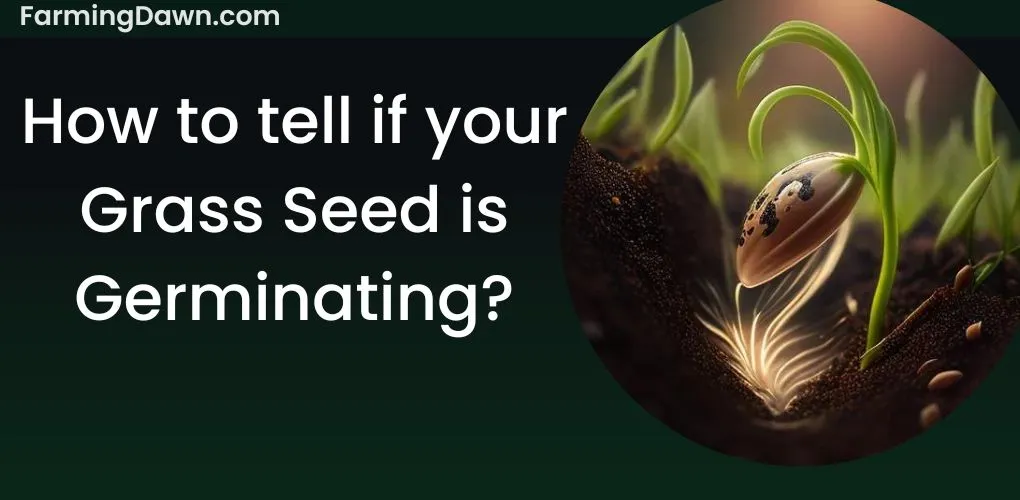Hoya retusa is like a hidden jewel, waiting to be discovered and appreciated by all who encounter it. This versatile plant can bring beauty and life into any home or outdoor space with its delicate foliage, flowers, and ease of care. In this article, we will explore the overview, care requirements, growth habits, planting tips, and propagation methods that make retusa such an attractive option for those looking for something special in their garden.
For starters, Hoya retusa is an evergreen succulent plant native to India and the eastern Himalayas whose leaves are usually oval-shaped with small hairs along their edges. With proper attention and care, they can thrive both inside your home and outside in warm climates where temperatures remain above freezing during winter months.
Overview Of Hoya Retusa
Retusa hoya is an incredible and distinctive succulent that’s native to Thailand, Vietnam, Malaysia, the Philippines, and Indonesia. Common names for Hoya Retusa include wax plant, honey plant, porcelain flower, Hindu rope vine, and waxvine.
It has long leathery leaves with deep veins running across them like a road map. With its unique foliage and small white flowers, it makes for an attractive addition to any home garden or container collection.
The plants grow in clusters with long tendrils thickly covered in dark green foliage making them very eye-catching when placed outdoors or indoors as houseplants. It’s easy to care for too – just be sure to provide bright indirect light, water every two weeks during the growing season (spring-fall).
Related: Learn how to care for Pilea depressa plant?
Here take a quick overview of this beautiful plant!
| Scientific name | Hoya retusa |
| Common name | Wax plant, Porcelain flower, Carabellas wax leaf hoya |
| Origin | India and the eastern Himalayas, native to the Thailand, Vietnam, Malaysia, the Philippines, and Indonesia. |
| Plant type | epiphyte, evergreen vine, or climbing plant |
| Size | 16-20 inches tall |
| Temperature | 55-80F (12-26 degree celsius) |
| Flower Color | White |
| USDA zone | 10-11 |
How To Care For Hoya Retusa?
Caring for a retusa plant is easy; all it needs is a little love and attention. This beautiful, low-maintenance houseplant enjoys bright light to indirect sunlight, regular watering, and well-draining soil. Let’s discuss the appropriate needs and requirements for the growth of a successful Retusa plant.
See more: How to care for Homalomena Selby?
Water Requirements
When it comes to water requirements, this plant prefers moist but not wet soil, something that can be achieved by allowing the top 1-2 inches of soil to dry out before giving the plant another thorough soaking. However, avoid over-watering this succulent as too much moisture in the air or soil might lead to root rot or yellowing leaves.
As a general guideline, you should plan on providing enough hydration during the summer months while keeping irrigation at bay during winter when growth slows down significantly.
Light Requirements
Hoyas are the night-blooming cacti of the plant world. They thrive on light, and the retusa hoya is no exception. Plants need sunlight to photosynthesize and grow; however, they can’t handle direct sun exposure all day long. In fact, too much intense light will scorch its leaves! To propagate this species, it needs moderate to bright indirect light for best results, think dappled shade or morning sun.
If you don’t have access to natural lighting outdoors, a sunny windowsill should do nicely indoors. Keep in mind that without sufficient light your retusa hoya won’t flower as profusely as it could! So make sure you provide enough brightness for optimal growth and propagation of this gorgeous houseplant.
See more: Philodendron squamiferum care and propagation guide.
Fertilizing Guidelines
When it comes to fertilizing, you want to make sure that you’re doing it right. You don’t need to feed this plant too much, once every three months is plenty for the average growth rate of a retusa flower or plant. Use a balanced fertilizer like 10-10-10 and dilute it with water until it’s about half-strength before providing the nutrients your sweetheart needs.
The exception is during spring and summer when you can give this lush beauty more of what she wants; increase feeding frequency up to once every two weeks but never go any stronger than recommended dilution. Taking care of your hoya in this way will ensure healthy growth and longer-lasting flowers that’ll be around for years to come!
Temperature And Humidity
If you live in Texas or a cooler climate, then temperature and humidity play an important role in growth! You want to make sure that your hoya enjoys temperatures between 65-80 degrees Fahrenheit during the day and 55-65 degrees at night – any hotter than that can be detrimental to its growth.
When it comes to humidity levels, try and keep them around 50%. If there isn’t enough moisture in the air, misting your plant regularly will help ensure optimal growth. With the right balance of temperature, humidity, and nutrition your retusa hoya should thrive in no time!
Pruning And Grooming
Pruning and grooming your hoya plant is easy and rewarding. First, cut off any dead leaves or stems that may have become damaged over time. Pruning the plant can also help encourage new growth from existing branches and increase its overall health.
You should remove any flowers with a long peduncle to prevent the plant from using up more energy than it needs. So don’t be afraid to prune back your Retusa – just make sure you do so correctly!
Common Pests And Diseases
Retusa hoya is a resilient and hardy houseplant, but it’s not immune to its fair share of pests and diseases. To be sure your plant remains healthy and strong, monitoring for any unwanted visitors or afflictions should form part of your regular care routine. Just like most other plants, retusa can become susceptible to aphids, mealybugs, scale insects as well as fungus gnats, all of which may lead to reduced vigor if left unchecked.
Ants are also particularly fond of this species due to their symbiotic relationship with the sap-filled flowers; they will often take up residence on the foliage in search of a sweet reward. Monitor your hoya closely for signs of infestation such as yellowing leaves or white cotton-like secretions that indicate an insect invasion.
If you spot anything suspicious then promptly remove any pests by hand or use a natural pesticide solution to keep them at bay. With proper attention and preventative measures in place, your hoya plant will remain happy and pest free so you can enjoy its beauty year-round!
Re-Potting And Soil Selection
Repotting and soil selection are essential for the continued growth of hoya plants. When shopping for retusa hoya for sale, look for well-draining organic soil with slow-release fertilizer pellets. Planting should take place in a pot slightly larger than the one already used so that new roots have room to expand; however, make sure not to overpot as this could lead to root rot or fungal diseases.
Repotting should be done every spring when necessary by gently removing the plant from its old container and placing it into fresh soil. And lastly, water your hoya regularly using either rainwater or distilled water only, and do not use tap water as it may contain fluoride which can damage the roots of your beloved plant!
Planting Tips for Hoya Retusa
When it comes to planting Retusa, preparing the soil is key. Make sure you use soil that is well-draining and has plenty of organic matter. Planting the plant at the right depth is important too. When planting, make sure the soil covers the roots and you don’t bury it too deep.

Preparing The Soil
Preparing the soil for planting hoya is one of the most important steps in its successful growth. In order to ensure that your Retusa has a symbiotic relationship with its environment, make sure you create a balanced mixture of compost and loam before planting.
To further ensure success when planting this beautiful succulent, mix in some perlite or sand to assist drainage and aeration. This will help give it everything it needs to thrive!
Planting Depth
Once you’ve got the right soil mix, it’s time to figure out the planting depth! Fortunately, this isn’t too difficult. For most succulents like wax plants, all you need is about an inch of soil covering their roots, so that they can get enough water and air but not become saturated.
That way, your beloved plant will have everything it needs to really thrive and make itself at home in its new environment. With just a bit of care and attention on your part, the rewards of having a healthy Hoya Retusa are sure to be worth it!
How To Propagate Hoya Retusa Plant?
As discussed hoya retusa is a beautiful, exotic plant that can brighten up any home or garden. Alon caring, you should also know propagation methods for this plant to ensure optimum growth and beauty. In this section, I will discuss 3 different methods of propagation. there are:
- Propagating From Cuttings
- Propagating From Seeds
- Propagating From Layering
Let’s discuss these methods one by one.
Learn more: How to propagate Philodendron Quercifolium?

Propagating From Cuttings
Propagation from cuttings is easy and with minimal effort you’ll have your own blooming Hoya plant in no time! Cut the stem of a mature, healthy Hoya just below one of its nodes, these are small bumps on the stem where leaves and flowers emerge. Make sure the cutting has at least two sets of leaves attached. Put it into moist soil and keep it warm; it should take root within weeks.
You’ll soon have a new flower-filled Hoya ready for potting and display! But don’t forget, while both ‘Hoya Retusa’ and ‘Hoya Linearis’ may look similar, they require different care regimes so be sure to do your research before purchasing either species!
Propagating From Seeds
Propagating Hoya from seeds is unbelievably simple and straightforward! All you need to do is collect some fresh, ripe seed pods, split them open, remove the thin black or brown seeds inside, sow them in a pot filled with well-draining soil, water regularly, and voila, your own unique Retusa Hoya will start sprouting!
Planting several of these tiny beauties together can create an unforgettable display of color and fragrance – their flowers smell absolutely divine. You can even find readymade packs of organic seeds on Etsy for those who are looking for an extra special gift for someone they love.
Propagation does take time but it’s totally worth the wait; before you know it your home will be alive with beautiful blooms that will bring joy all year round.
Propagating From Layering
Propagating from layering involves taking an existing stem and laying it directly onto well-draining soil, allowing it to root at nodes along the length of the stem. To ensure success, make sure you use fresh pruning shears when trimming away any wilted leaves or flowers. When ready, cover with a thin layer of mulch or compost to help retain moisture.
You’ll soon start to notice small roots emerging from the stems as they develop into full plants! Once this happens, carefully unearth them and separate them into individual pots for further growth and development – although don’t forget that these gorgeous little retusa flowers need lots of light and warmth in order to thrive!
Frequently Asked Questions Related To Hoya Retusa
How do I get my Hoya retusa to bloom?
Retusa blooms in bright light, with cooler night temperatures, and when it is root-bound. Allow the soil to dry before watering and fertilize with a high-phosphorus fertilizer during the growing season.
Is Hoya retusa a succulent?
Retusa hoya is a succulent vine that belongs to the Apocynaceae family. Its fleshy leaves and stems help it to store water and survive in dry conditions.
What does hoya retusa smell like?
Hoya retusa has small white, star-shaped flowers that produce a sweet fragrance. The scent is described as similar to honey or vanilla and is more intense in the evening.
Why is my hoya retusa turning yellow?
Yellowing of retusa leaves may indicate overwatering, poor drainage, low light levels, pest infestations, or nutrient deficiencies. Check soil moisture, adjust watering, ensure proper drainage, inspect for pests, and consider fertilizing.
Is hoya retusa rare?
Retusa hoya is considered a relatively uncommon hoya species but not necessarily rare. It may be harder to find in some areas or nurseries compared to other more commonly grown hoyas, but it is still commercially available.
Hoya Retusa Care: Final Thoughts
Hoya retusa is a hardy, low-maintenance plant that’s sure to add beauty and uniqueness to any home or garden. With proper care, only minimal effort is required for these plants to thrive, making them great options for everyone from novice gardeners to experienced horticulturists alike!
Surprisingly, they can grow up to 20 inches tall in the right conditions, so be sure you have enough space if you plan on planting one of these beauties. So don’t wait, get out there and start growing your own unique Hoya Retusa today!







